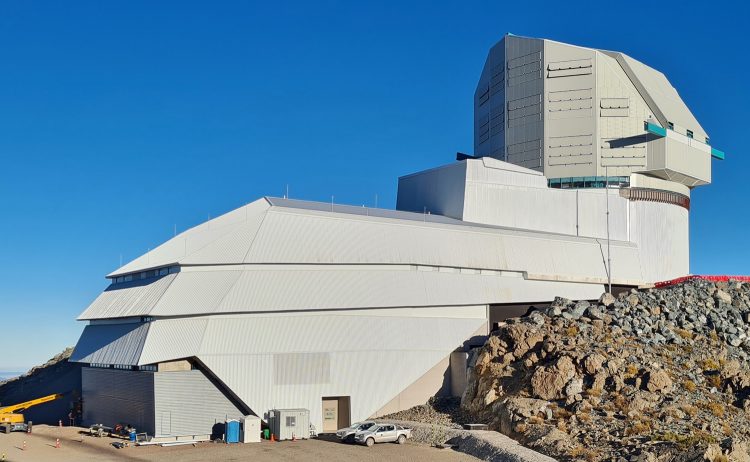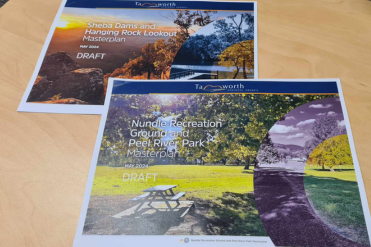The University of Washington and Carnegie Mellon University have announced an expansive, multiyear collaboration to create new software platforms to analyze large astronomical datasets generated by the upcoming Legacy Survey of Space and Time, or LSST, which will be carried out by the Vera C. Rubin Observatory in northern Chile. The open-source platforms are part of the new LSST Interdisciplinary Network for Collaboration and Computing – known as LINCC – and will fundamentally change how scientists use modern computational methods to make sense of big data.
Through the LSST, the Rubin Observatory, a joint initiative of the National Science Foundation and the Department of Energy, will collect and process more than 20 terabytes of data each night – and up to 10 petabytes each year for 10 years – and will build detailed composite images of the southern sky. Over its expected decade of observations, astrophysicists estimate the Department of Energy’s LSST Camera will detect and capture images of an estimated 30 billion stars, galaxies, stellar clusters and asteroids. Each point in the sky will be visited around 1,000 times over the survey’s 10 years, providing researchers with valuable time series data.
Scientists plan to use this data to address fundamental questions about our universe, such as the formation of our solar system, the course of near-Earth asteroids, the birth and death of stars, the nature of dark matter and dark energy, the universe’s murky early years and its ultimate fate, among other things.
“Tools that utilize the power of cloud computing will allow any researcher to search and analyze data at the scale of the LSST, not just speeding up the rate at which we make discoveries but changing the scientific questions that we can ask,” said Andrew Connolly, a UW professor of astronomy, director of the eScience Institute and former director of the Data Intensive Research in Astrophysics and Cosmology Institute – commonly known as the DiRAC Institute.









